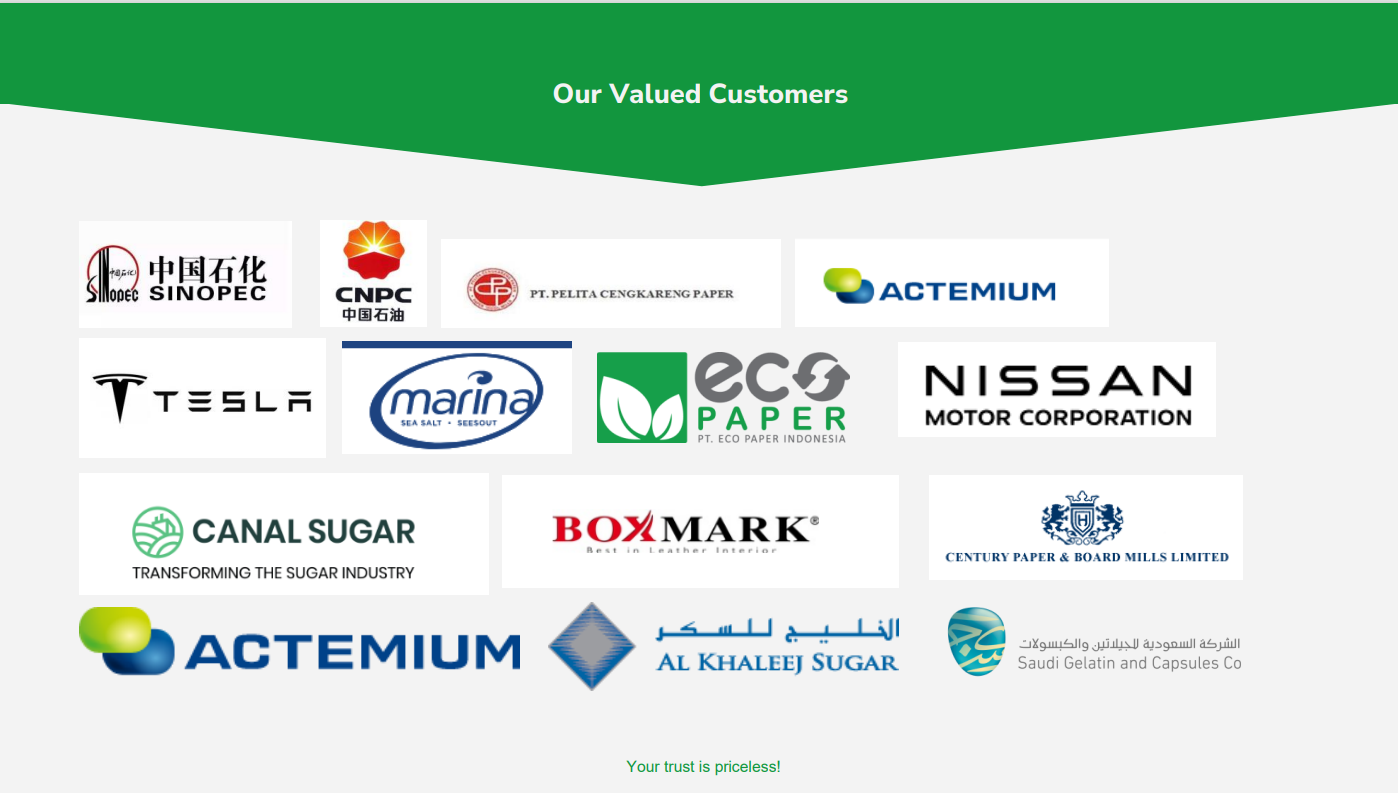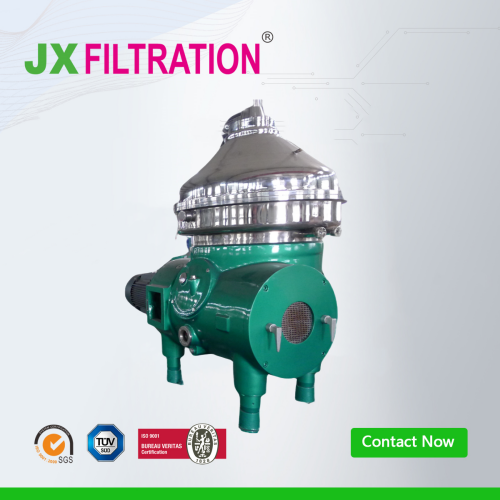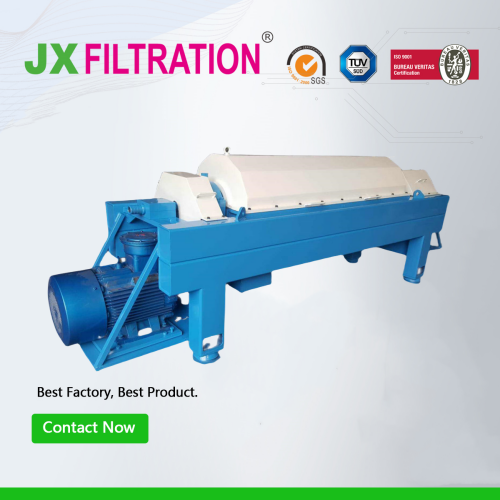Disc Centrifuge vs Horizontal Centrifuge
In the realm of industrial centrifugation, selecting the right technology is crucial to ensure the efficiency and effectiveness of your separation processes. JX Filtration is committed to delivering innovative solutions tailored to your unique needs. To make informed choices for your specific requirements, it's essential to understand the differences between two versatile centrifuge technologies: the Disc Centrifuge and the Horizontal Centrifuge.

-
Operation: A Disc Centrifuge operates by spinning a series of conical discs at high speeds within a cylindrical bowl. The separation of components is achieved through the density difference, causing solids to collect at the bowl's periphery and liquids to be extracted from the center.
-
High Separation Efficiency: Disc Centrifuges are renowned for their exceptional separation efficiency. They are ideal for applications that require the precise separation of solid and liquid phases, making them suitable for processes in industries like pharmaceuticals and dairy.
-
Continuous Operation: These centrifuges offer continuous and uninterrupted operation. They are perfect for applications that demand consistent, high-speed separation.
-
Compact Design: Disc Centrifuges have a compact footprint, making them suitable for operations with limited space availability.
Horizontal Centrifuge:
-
Operation: In contrast, a Horizontal Centrifuge operates by spinning a perforated drum horizontally. The separation occurs as the heavier solids collect on the drum's inner surface, while lighter liquids are discharged through the perforations.
-
Versatile Applications: Horizontal Centrifuges are versatile and are employed in a wide range of applications, from wastewater treatment to oil and gas processing. They are particularly useful when dealing with materials with a high solids content.
-
Batch or Continuous: While Horizontal Centrifuges can operate in both batch and continuous modes, they are often favored for batch processes, allowing for more controlled separation and loading and unloading of materials.
-
Larger Size: These centrifuges typically have a larger physical footprint, which may require more space compared to Disc Centrifuges.
Selecting the Right Fit:
Choosing between a Disc Centrifuge and a Horizontal Centrifuge should be based on your specific separation needs, the nature of the materials you're working with, and your industry's requirements. Disc Centrifuges excel in precision separation, continuous operation, and space efficiency, making them an ideal choice for applications with fine particles and demanding separation needs. On the other hand, Horizontal Centrifuges are versatile, accommodating a wide range of applications and are particularly well-suited for those involving high solids content.
At JX Filtration, we understand that making the right choice is crucial to your operational success. Our team of experts is ready to assist you in selecting the ideal centrifuge technology tailored to your unique needs. Please feel free to contact us for personalized guidance and to explore the possibilities of our centrifuge solutions.
Any Requirements, Contact Us Now!
Kris
Email/Teams: kris@filtrationchina.com
Mobile/Whatsapp/Wechat: +86 18980776200


